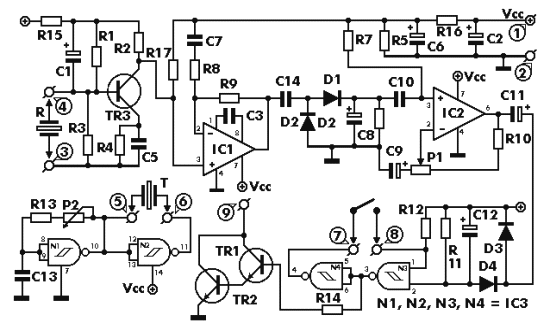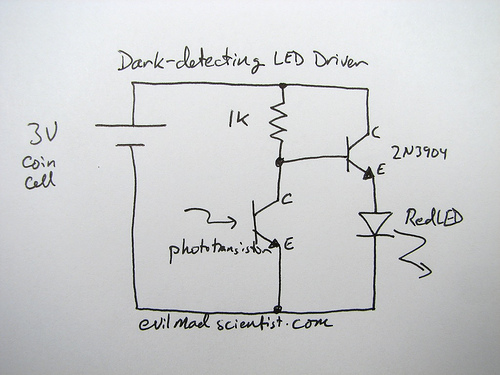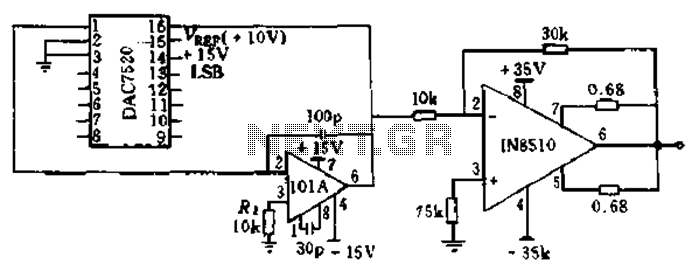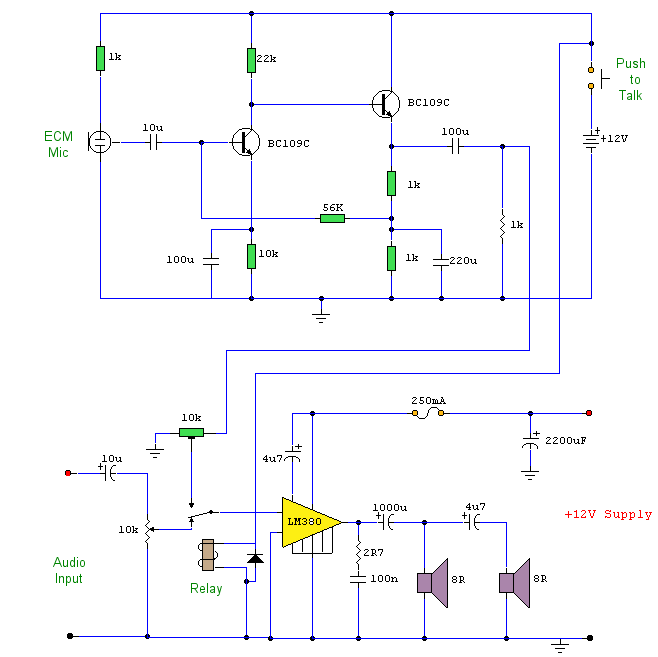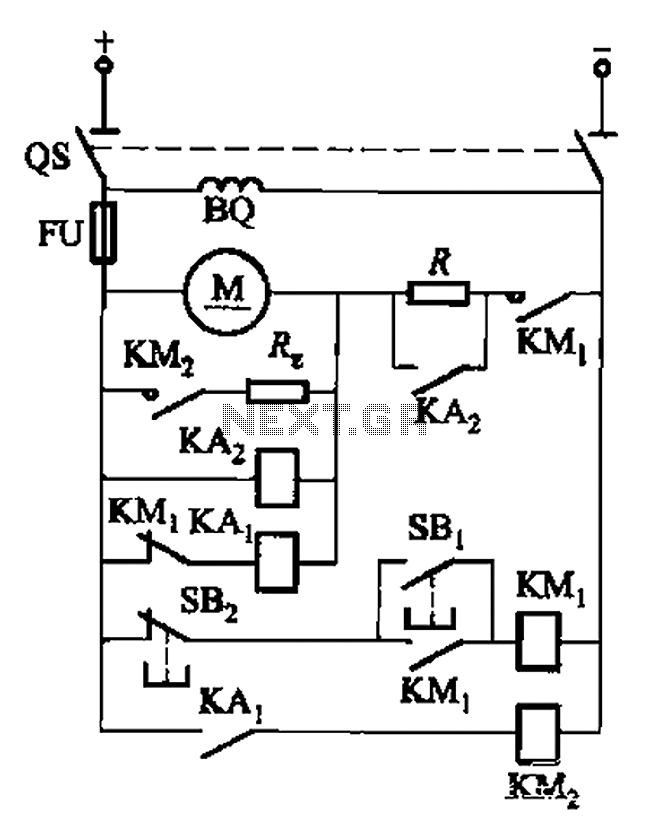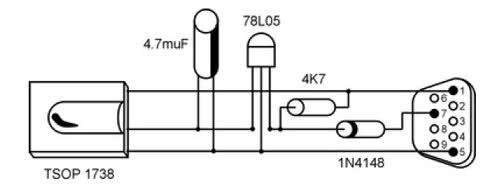
Coin Counter circuit
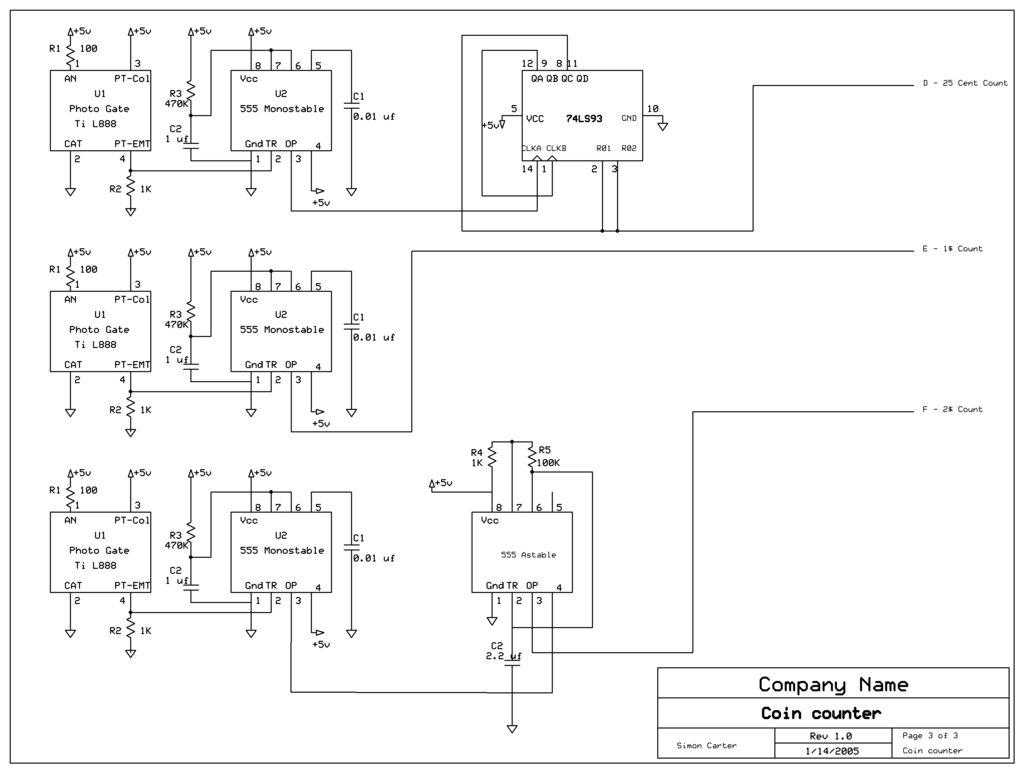
The next counter section operates similarly but is designed to count four quarters, single $1 coins (loonies), and single $2 coins (toonies). The circuit for the toonies is configured.
The circuit for the counter section includes a digital counting mechanism that is capable of recognizing and tallying different coin denominations. The design typically utilizes a microcontroller or a dedicated counter IC to process the signals generated by the coin detection sensors.
For quarters, loonies, and toonies, each coin type is detected by specific sensors that respond to the size and weight of the coins. The sensors generate pulses that are fed into the counting mechanism. The circuit is designed to differentiate between the coins based on these signals.
The counting section may include a display unit, such as a seven-segment display or an LCD, to visually present the total count of the coins. This display is interfaced with the microcontroller, which processes the input from the sensors and updates the display accordingly.
Power supply considerations for the circuit are crucial, as the components must operate reliably under various conditions. A voltage regulator may be included to ensure that the microcontroller and display receive a stable voltage.
In addition, the design may incorporate a reset mechanism to allow for the clearing of the count when needed. This could be implemented with a push-button switch that, when pressed, sends a reset signal to the microcontroller.
Overall, the circuit is designed for efficiency and accuracy in counting coins, making it suitable for applications in vending machines, coin sorting systems, or any automated cash handling systems.The next counter section works the same way but is set up to count 4 quarters, single $1 (loonies) and single $2 (toonies). The toonies circuit is set.. 🔗 External reference
The circuit for the counter section includes a digital counting mechanism that is capable of recognizing and tallying different coin denominations. The design typically utilizes a microcontroller or a dedicated counter IC to process the signals generated by the coin detection sensors.
For quarters, loonies, and toonies, each coin type is detected by specific sensors that respond to the size and weight of the coins. The sensors generate pulses that are fed into the counting mechanism. The circuit is designed to differentiate between the coins based on these signals.
The counting section may include a display unit, such as a seven-segment display or an LCD, to visually present the total count of the coins. This display is interfaced with the microcontroller, which processes the input from the sensors and updates the display accordingly.
Power supply considerations for the circuit are crucial, as the components must operate reliably under various conditions. A voltage regulator may be included to ensure that the microcontroller and display receive a stable voltage.
In addition, the design may incorporate a reset mechanism to allow for the clearing of the count when needed. This could be implemented with a push-button switch that, when pressed, sends a reset signal to the microcontroller.
Overall, the circuit is designed for efficiency and accuracy in counting coins, making it suitable for applications in vending machines, coin sorting systems, or any automated cash handling systems.The next counter section works the same way but is set up to count 4 quarters, single $1 (loonies) and single $2 (toonies). The toonies circuit is set.. 🔗 External reference
